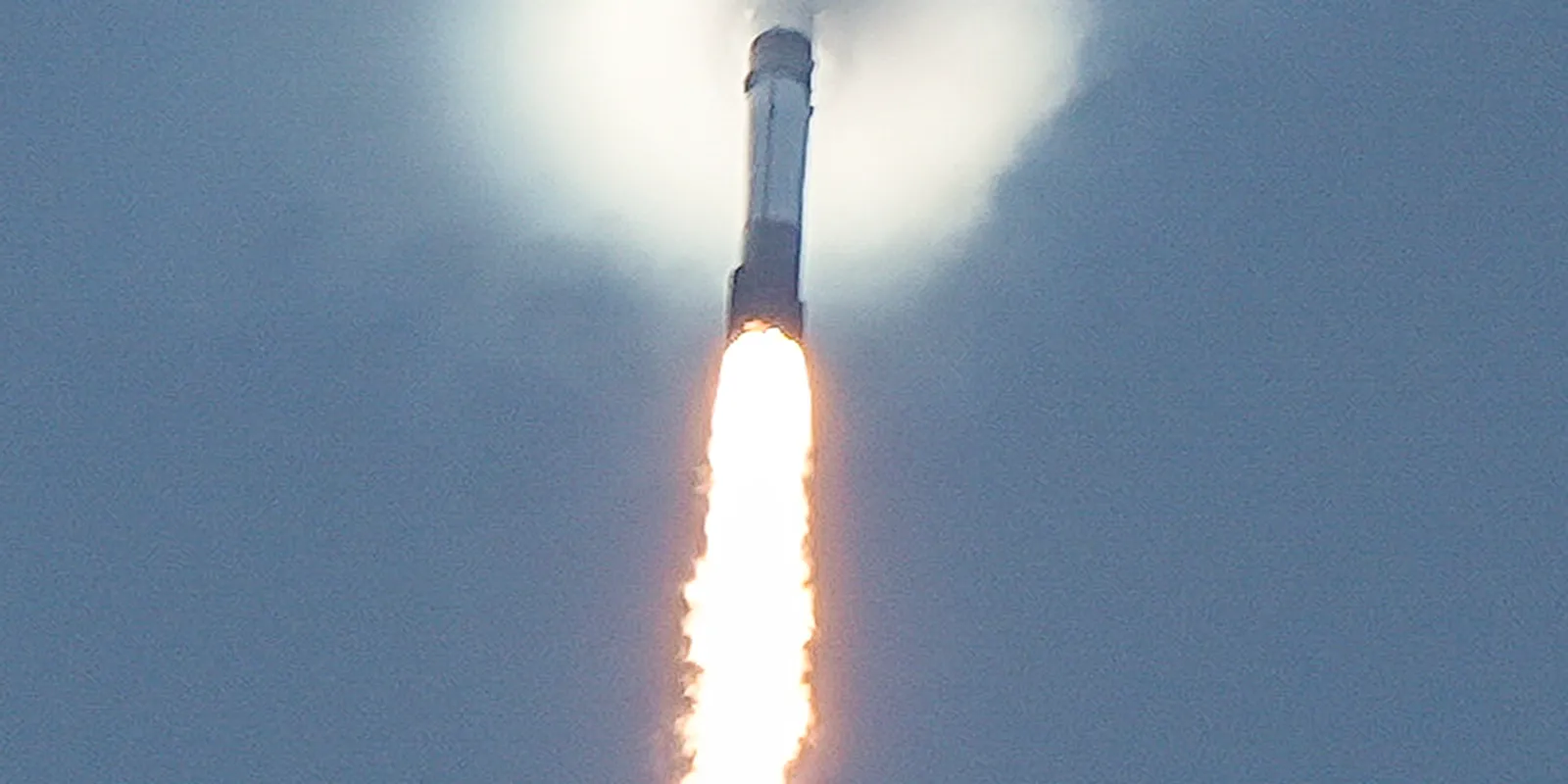
SpaceX rocket launch in Florida uses Falcon 9 booster that launched former NASA admin pick
How did your country report this? Share your view in the comments.
Diverging Reports Breakdown
SpaceX rocket launch in Florida uses Falcon 9 booster that launched former NASA admin pick
SpaceX’s Falcon 9 rocket lifted off at 9:05 a.m. carrying 23 Starlink internet satellites to orbit. The first of back-to-back SpaceX launches took off on time June 10. The next launch, Axiom Space Mission 4, is scheduled for June 11 from Kennedy Space Center. The Polaris Dawn mission was commanded and funded by President Trump’s former nominee for NASA administrator, Jared Isaacman. Trump dropped Isaacman on May 31, saying he needed someone more aligned with this goals. A new choice for NASA’s administrator has yet to be announced. The international crew of four astronauts will spend two weeks on the International Space Station. The launch was originally set for June 10, the launch was postponed due to poor weather in the ascent corridor. It was the 12th flight of the booster, and the first of what may be back- to-back launch days for the company.
The booster used for this mission previously launched the Polaris Dawn mission, commanded by Jared Isaacman.
The next launch, Axiom Space Mission 4, is scheduled for June 11 from Kennedy Space Center.
The first of back-to-back SpaceX launches took off on time June 10, and the Falcon 9 booster supporting this launch was an interesting choice.
SpaceX’s Falcon 9 rocket lifted off at 9:05 a.m. carrying 23 Starlink internet satellites to orbit from Launch Complex 40 at Cape Canaveral Space Force Station.
The first-stage booster that powered this mission was the same booster that launched the Polaris Dawn crew. The Polaris Dawn mission was commanded and funded by President Trump’s former nominee for NASA administrator, Jared Isaacman.
The Polaris Dawn mission, which also included two SpaceX employees, performed the first spacewalk by a private company and traveled the furthest into space since the Apollo moon missions.
Isaacman was Trump’s pick to serve as NASA administrator, but on May 31 Trump dropped Isaacman, saying he needed someone more aligned with this goals. A new choice for NASA administrator has yet to be announced.
Need a break? Play the USA TODAY Daily Crossword Puzzle.
“After a thorough review of prior associations, I am hereby withdrawing the nomination of Jared Isaacman to head NASA,” Trump wrote on Truth Social. “I will soon announce a new Nominee who will be Mission aligned, and put America First in Space.”
The change came just days before a public feud erupted on X between Trump and SpaceX CEO, Elon Musk, who was close to Isaacman.
On June 9, Isaacman posted the following to X in a discussion on what his plans would have been for NASA, which faces steep budget cuts in President Trump’s proposal to Congress.
“Spent the last few months assembling a pretty extensive plan—shaped by insights from a lot of smart, passionate people. No shortage of input — everyone loves NASA and wants to help. Maybe I will write an op-ed someday — but I didn’t love being inundated with plans from people who thought they were uniquely NASA’s savior — and I have little interest in doing the same,” wrote Isaacman.
“In short, I would have deleted the bureaucracy that impedes progress and robs resources from the mission (this is not unique to NASA it’s a govt problem). I would flatten the hierarchy, rebuild the culture— centered on ownership, urgency, mission-focus alongside a risk recalibration. Then concentrate resources on the big needle movers NASA was meant to achieve,” he wrote.
When is the next Florida rocket launch? Live updates: 1st of back-to-back launch days to see SpaceX launch from Cape Canaveral
Previous missions this Polaris Dawn booster flew include: NASA’s Crew-8, CRS-31, Astranis: From One to Many, IM-2, and six other Starlink missions. Overall, it was the 12th flight of the booster.
Just over eight minutes after liftoff, the booster landed on the Just Read the Instruction drone ship, which was stationed out on the Atlantic Ocean.
Axiom Space Mission 4 astronaut launch in Florida
Tuesday’s launch was the first of what may be back-to-back SpaceX launch days. The launch of the Axiom Space Mission 4 (Ax-4) astronauts is set for no earlier than 8 a.m. on June 11 from NASA’s Kennedy Space Center pad 39A.
Originally set for June 10, the launch was postponed due to poor weather in the ascent corridor.
Commanded by former NASA astronaut Peggy Whitson, the international crew of four astronauts will spend two weeks on the International Space Station. With the mission traveling to the space station, the mission must lift off on time or scrub for the day.
The SpaceX booster from the Axiom mission will return to Cape Canaveral, creating an early morning Space Coast sonic boom.
The FLORIDA TODAY Space Team will provide live updates beginning two hours prior to launch at FloridaToday.com/Space.
Brooke Edwards is a Space Reporter for Florida Today. Contact her at bedwards@floridatoday.com or on X: @brookeofstars.
